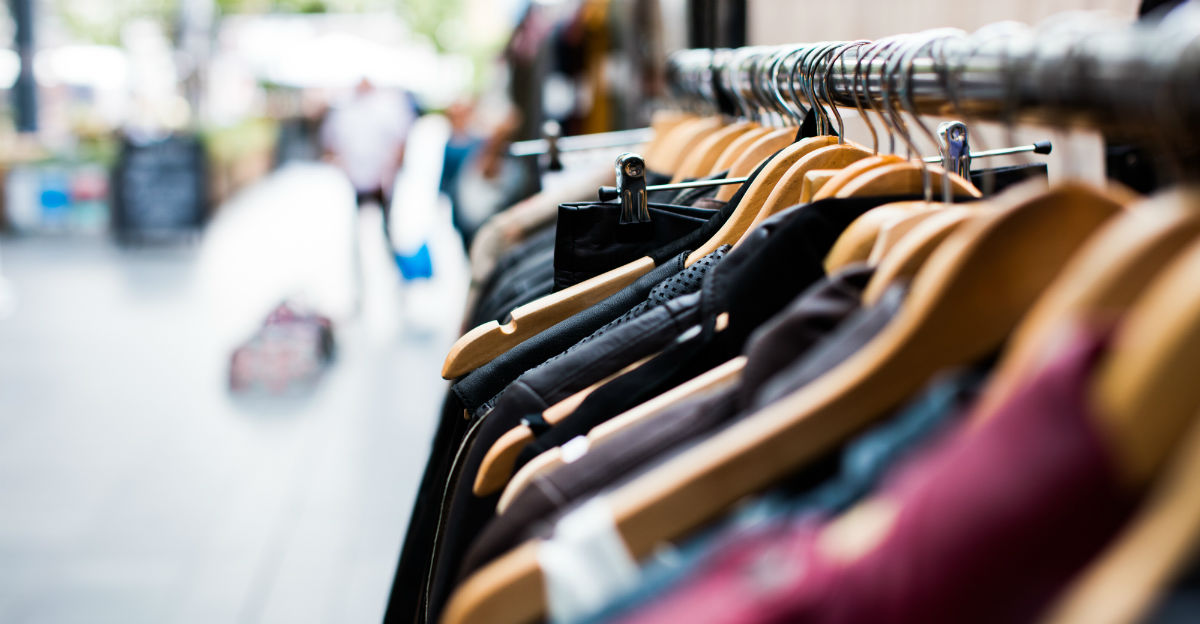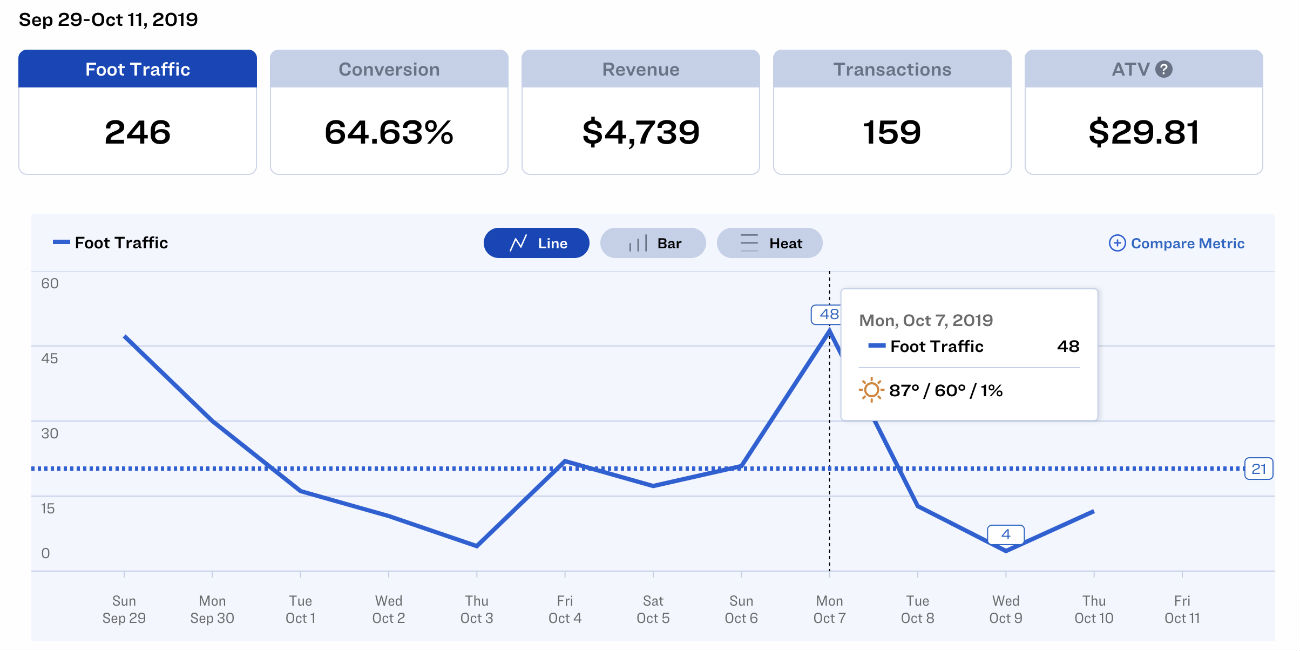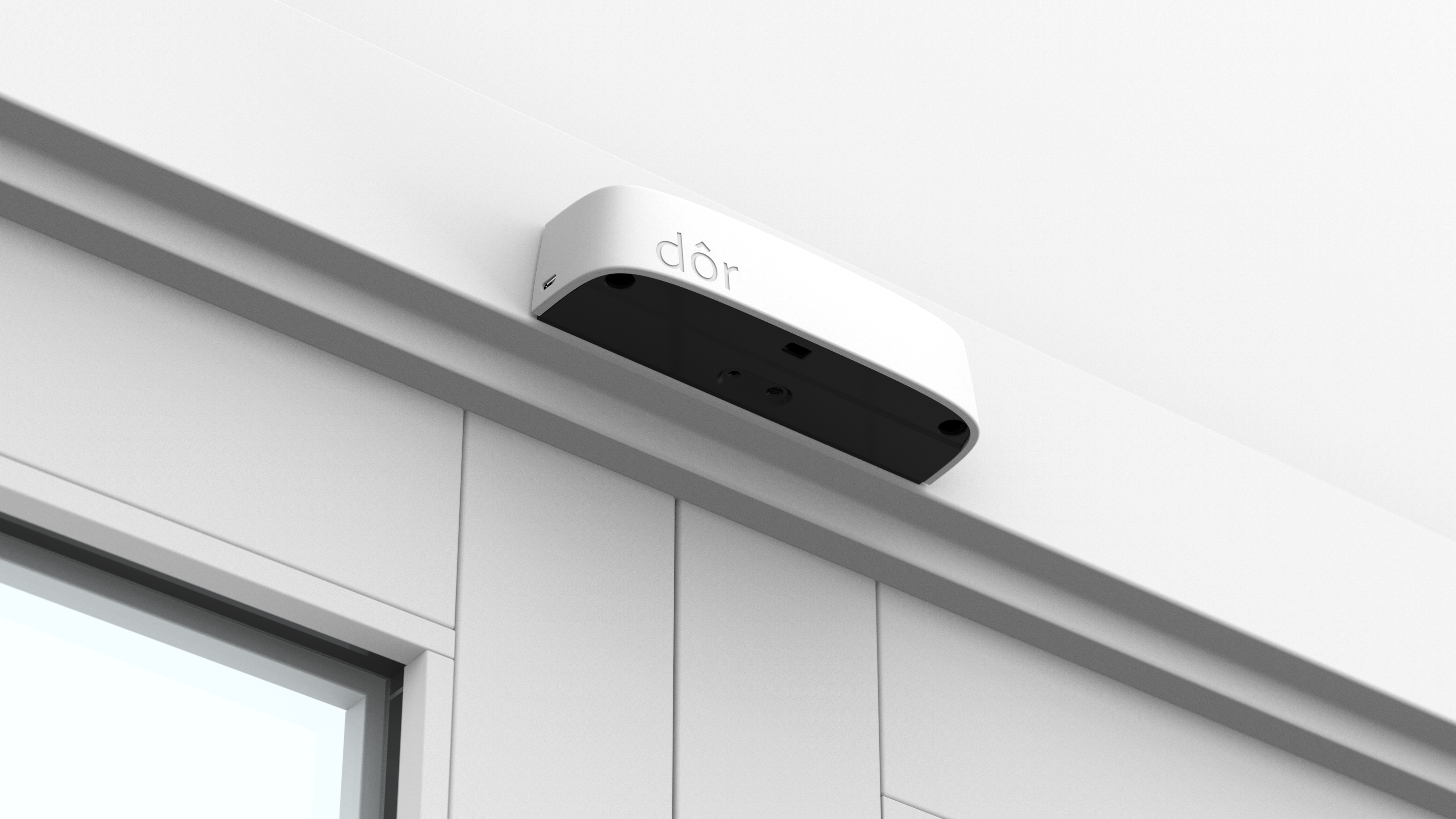People counting – or foot traffic – is one of the simplest and most effective techniques that small businesses can use to drum up sales.
In this article, we’ll explore the top five ways that businesses can utilize foot traffic data to their advantage.
What is foot traffic?
In its simplest terms, “foot traffic” refers to the number of pedestrians who walk into and around a business or establishment. Also known as “door traffic,” this is the data used by people counters, and it can be crucial for big corporations and small businesses alike.
While foot traffic data can be utilized by a vast number of businesses – from urban planning specialists to non-profit organizations and even libraries – it is especially useful for retailers who want to understand how many people visit their stores and when.
Related: 40 Ideas to Boost Retail Foot Traffic and Increase Sales
There are several ways to measure foot traffic (which we’ll explore more below), and it may take some trial and error to discover the best solution for your business. Still, it’s important to start collecting this information as soon as possible so you can turn potential shoppers into regular customers – and maximize profits in the meantime.

Why is tracking foot traffic important for small businesses?
Unlike chain stores with dozens or sometimes even hundreds of locations, small and medium-sized independent businesses (SMBs) generally operate one or several stores.
While we may intuitively think that having fewer stores makes it easier to manage a business, when it comes to tracking foot traffic, SMBs are actually at a disadvantage, as they have a smaller data pool to help them make decisions about their store.
Related: 15 Key Metrics (KPIs) to Measure Retail Store Performance
Small businesses – particularly mom and pop shops that have been in operation for decades – tend to do things “as they’ve always been done,” abiding by tools and techniques that have been passed down from one generation to the next. For such businesses, tracking foot traffic is a simple change that can make a world of difference.
By obtaining and analyzing real-time data on the number of customers in store at any given hour, the business owners can make fewer assumptions about the behavior of their customers.
Related: The Ultimate Guide to Retail Analytics and The Future of Retail (2020)
This, in turn, enables them to take measures – such as hiring extra help or offering time-specific discounts – to drastically improve their sales and customer service.
How to utilize foot traffic data for small retail businesses
There are a number of ways that small retail businesses can utilize people counters to optimize their operations and decision making processes.
➣ Estimating store performance of retail stores
The simplest way to use a people counter is to determine the number of potential customers coming into your store.
By analyzing this data, small businesses can see whether their marketing and sales efforts are falling short of their targets and make the necessary changes accordingly.
Certain people counting technologies will also enable you to determine which areas of your store are more popular with customers – information you can then use to highlight a particular section or transform the rest of your store accordingly.
➣ Integrating with POS to measure conversion rates
Brick-and-mortar stores can also compare foot traffic data with sales volume to gauge conversion rates, or how many of their visitors actually make a purchase.
This, in turn, could lead them to make changes around the store, whether it’s in the layout, merchandising or sales campaigns. Although this process can be done manually by comparing foot traffic data with sales figures, there are also more technologically advanced people counters on the market that will readily integrate with point-of-sale (POS) devices to showcase conversion rate data.
➣ Staff scheduling for retail SMBs
Having a people counter is essential for businesses looking to master the fine art of proper staffing. By analyzing foot traffic data, SMBs can assess which hours or days are the most crowded, ensuring that there are enough employees present at those times.
By helping managers avoid overstaffing or understaffing their store, the data will enable the business to improve and maintain its level of customer service even during peak periods.

➣ Understanding how external factors affect foot traffic
Not only do foot traffic counters help businesses solve staffing crises before they occur, but they offer more long-term benefits to store owners and managers, as well.
By comparing foot traffic data year-over-year, small shops can gauge trends in customer behavior, like when people tend to do their holiday shopping or which weeks or months of the year are busiest for the store.
Related: 7 Factors That Affect Foot Traffic for Retailers
This information could then be translated into well-timed sales and marketing campaigns to draw in customers during times with traditionally low sales.
Foot traffic data also allows SMBs to determine how the weather affects their sales. If a store is simply too inconvenient for customers to visit during inclement weather, the store owner may take additional steps to account for such times, like weatherproofing the parking lot or perhaps offering discounts on online sales during times when customers shy away from the physical store.
➣ Marketing attribution for retail businesses
Let’s say you are a small business owner who recently ran an ad in the local newspaper or in a community Facebook group. How will you know if people saw your ad, or if your message resonated with your audience?
Again, people counters come to the rescue here, as they allow business owners to compare data from before, during and after marketing campaigns. To effectively gauge the impact of a specific marketing campaign, the people counter should ideally be set up at least one week before the start of the campaign to allow room for comparison.
Although the data will not be precise (as in, you won’t know exactly how many of your visitors are in store because they saw your ad), it will still give you an idea of whether your efforts were worthwhile. Over time, you can also use this data to compare the effectiveness of different marketing efforts such as social media marketing, video marketing and email marketing, helping you determine what works best for your specific business and audience.
How to track foot traffic for small retail businesses
As we mentioned before, there are different types of people counting technologies on the market, available at various price points and each with its own advantages as well as disadvantages.
Some of the most preferred people counting technologies include thermal sensors, which rely on the body heat of people passing by the sensor; video camera sensors, which are expensive yet accurate at estimating foot traffic; break-beam sensors, which send a beam of light that “counts” each person crossing it which leads to low-reliability; WiFi sensors, which connect with people’s phones as they search for a WiFi network and has disadvantages in terms of accuracy; and Bluetooth beacons, which send Bluetooth Low Energy (BLE) signals to only devices that have their Bluetooth settings enabled.

Choosing the right people counting solution for your small business will depend on a variety of factors such as cost, floor space and functionality. Having a dedicated customer support to help you proactively with any issue you might have is another factor while choosing the right people counter.
As technology advances, so too do the people counting solutions available to us, with more innovative products developed each year.
One such product is Dor’s battery-operated thermal people counter, which combines the privacy and accuracy of a thermal counter with easy-to-use software. Dor people counters come with a dashboard where store owners and managers can access real-time foot traffic data as well as information on weather trends and conversion rates, enabling them to make the right decision for their business.
Click here to discover how a people counting solution like Dor can help you make better business decisions based on your store's foot traffic data.